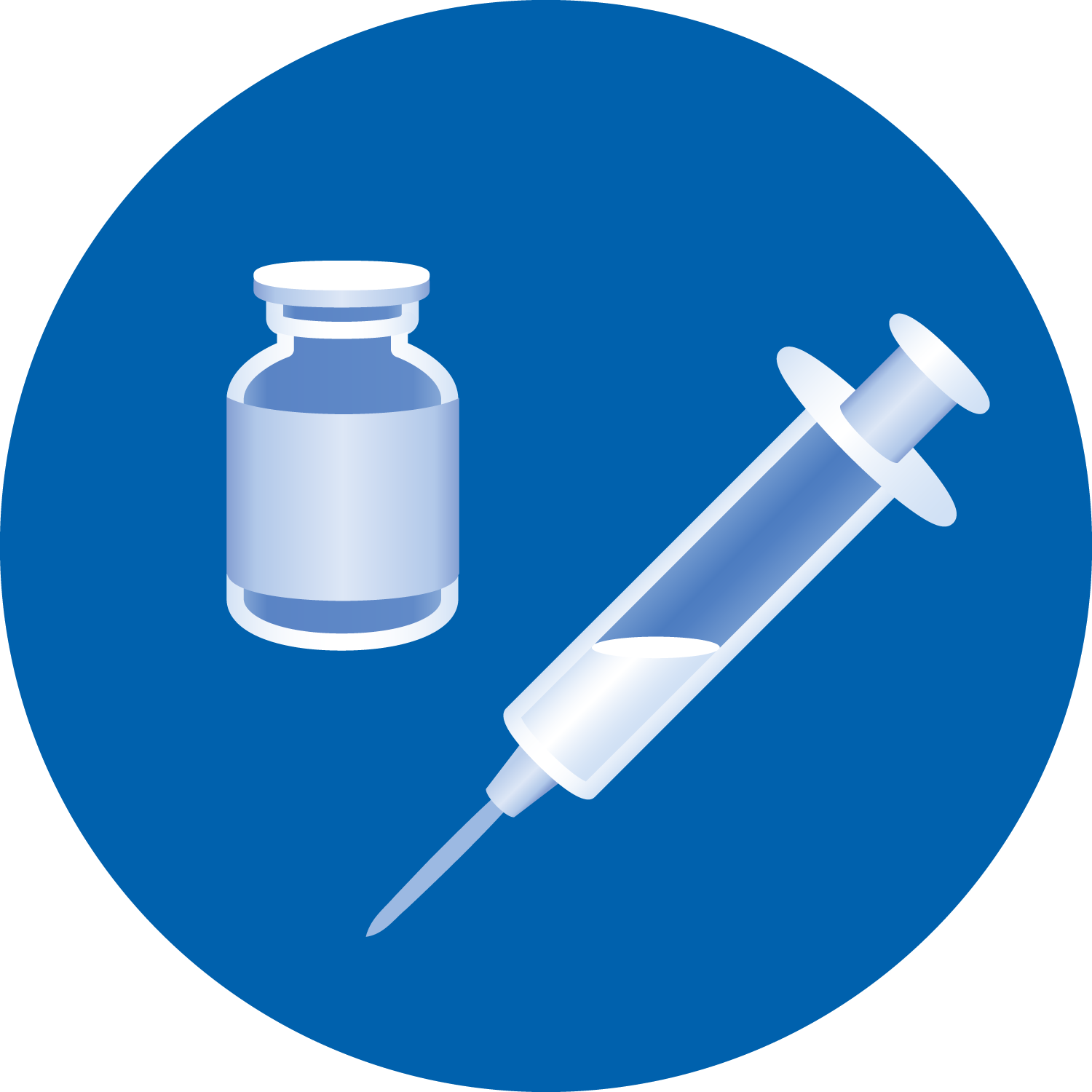NEW from MEGGLE: Lactose LE – Lactose Monohydrate Low Endotoxin
NEW from MEGGLE: Lactose LE – Lactose Monohydrate Low Endotoxin
Lactose Monohydrate Low Endotoxin (LE) from MEGGLE Excipients
Lactose is a well known excipient as bulking agent in freeze-dried parenteral products
(REF www.pharmaexcipients.com)
Superior Microbiological Quality – Lactose LE suitable for parenteral and inhalation applications.
Lactose LE is MEGGLE’s protective sieved product, which is not specified in PSD, but in microbiological quality and endotoxins. Due to the characteristics of the product, Lactose LE is suitable for use in inhalation and parenteral applications. It is therefore a good starting material if you want to perform your own milling or fractionation to achieve a certain PSD.
Lactose LE’s cryoprotective properties and bulking agent potential make it advantageous for specialized applications.
Additionally, product characteristics have been also proven to be advantageous for other applications. In that respect, the protective properties and the possibility of using lactose as a bulking agent are particularly popular.
Lactose as a Dissacharide can be used as a protectant during drying processes. The protection of biological materials during spray drying and freeze drying is critical for preserving their integrity, functionality, and stability.
Key Benefits:
- High purity grade
- Low bioburden, low endotoxin
- Q3D statement for inhalation and parenteral applications
- Conforms to Ph. Eur., USP-NF, JP, and ChP
- Listed in FDA inactive ingredient database for inhalation and parenteral applications
- Usage for stabilization and protectant in temperature sensitive production processes
Applications:
- DPI formulations
- Parenteral/Injectables
- (Thin-film) freeze-drying and spray-drying (high dose formulations and sensitive APIs)
Lactose is listed in the FDA Inactive Ingrdient Database (IID) for parenteral and ophthalmic applications
Excipients which are suitable to stabilize products during freezedrying (lyophilization) and spray-drying, and which are approved by regulatory agencies for parenteral formulations are highly limited. The FDA regulatory requirements for parenteral formulations are quite strict: they must be proven safe, non-toxic, sterile, pyrogen-free and particle-free. Notably, lactose is listed in the FDA Inactive Ingredient Database (IID) for parenteral and ophthalmic applications. β-Lactoglobulin (BLG) is monitored as marker allergen/milk protein, levels are below LOQ (0.010 ppm).
Low Bioburden through crucial designed production processes
Due to crucial design of production processes and sourcing of raw material, Lactose LE shows very low bioburden. It is therefore well suited for the manufacturing of parenteral final dosage forms. Notably, the market authorization holder (MAH) is obliged to ensure sterility in its final dosage form.
Contact our specialist team for support and a comprehensive information package and required documentations.
Sugars for protection during drying and as bulking agent
Understanding Cryo- and Lyoprotectants/Stabilizers
Cryo- and Lyoprotectants/Stabilizers are substances that show a molecular protection for sensitive ingredients which would ratherly suffer damages caused by freeze- or spray-drying.
Role of Disaccharides in Vitrification
Disaccharides like lactose, sucrose and trehalose are well known to form a glassy or amorphous matrix surrounding the biomolecules, which helps stabilizing them by reducing mobility and preventing crystallization and aggregation. This effect is called Vitrification. Moreover, lactose can replace water molecules through hydrogen bonds to the biological material, which reduces stress during drying and minimizes structural damage and denaturation of proteins and nucleic acids.
Protective Properties of Lactose
Zimmermann et. al (2022, Spray drying siRNA-lipid nanoparticles for dry powder pulmonary delivery) showed the protective properties of lactose. RNA-loaded lipid nanoparticle systems suspended in a 5 % lactose solution were spray dried at highest possible temperatures (up to 100°C inlet temperature) while retaining the lipid nanoparticles structure and remaining the RNA bioactivity.
Advantages of Lactose in Dry Powder Inhalers
The administration of RNA drugs via dry powder inhalers offers many advantages related to physical, chemical and microbial stability of RNA and nanosuspensions. The high solubility of lactose, as well as the lower costs of this material show advantages by using lactose instead of trehalose. Another benefit of lactose is the well established use for inhalation products.
Formulation Considerations and Additives
The glass transition temperature of amorphous lactose is lower than the one for trehalose, but higher than the one for sucrose. Additives like leucine might be beneficial to further improve performance and stability.
Microbiology – Lactose LE
| Parameters | Specified |
| Total aerobic microbial count (TAMC) | NMT 10 cfu/g |
| Total combined yeasts and molds count (TYMC) | NMT 10 cfu/g |
| Bile tolerant gramnegative bacteria | absence/10 g |
| Escherichia coli | absence/10 g |
| Pseudomonas aeruginosa | absence/10 g |
| Staphylococcus aureus | absence/10 g |
| Salmonella spp. | absence/10 g |
| Burkholderia cepacia | absence/10 g |
| Bacterial endotoxins | < 5 EU/g |




